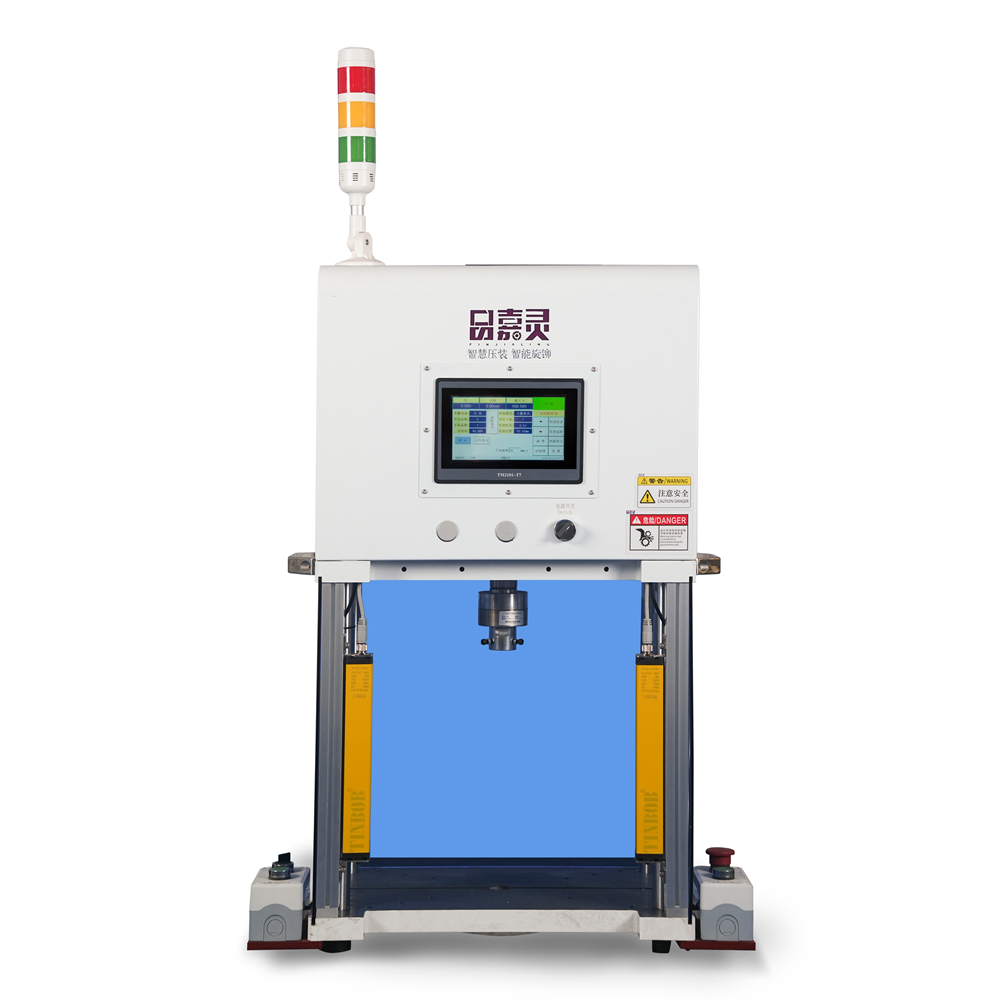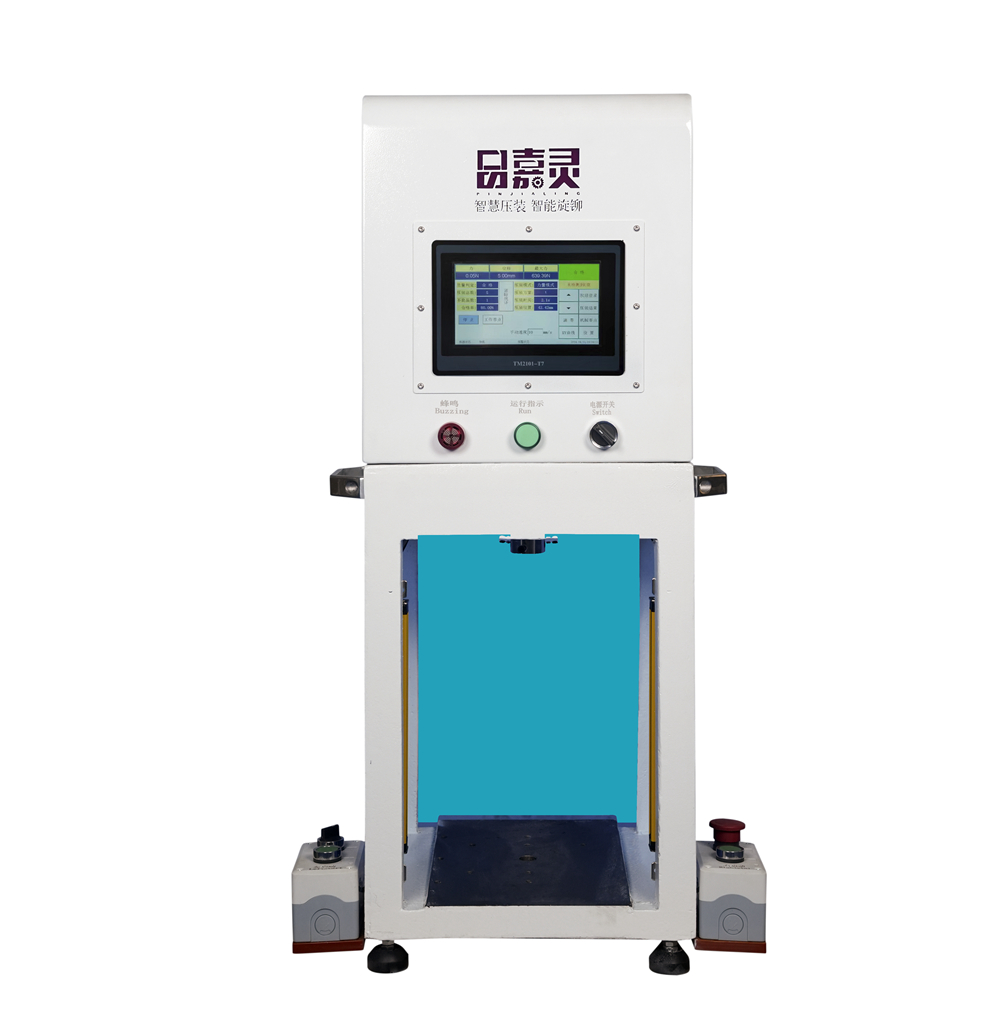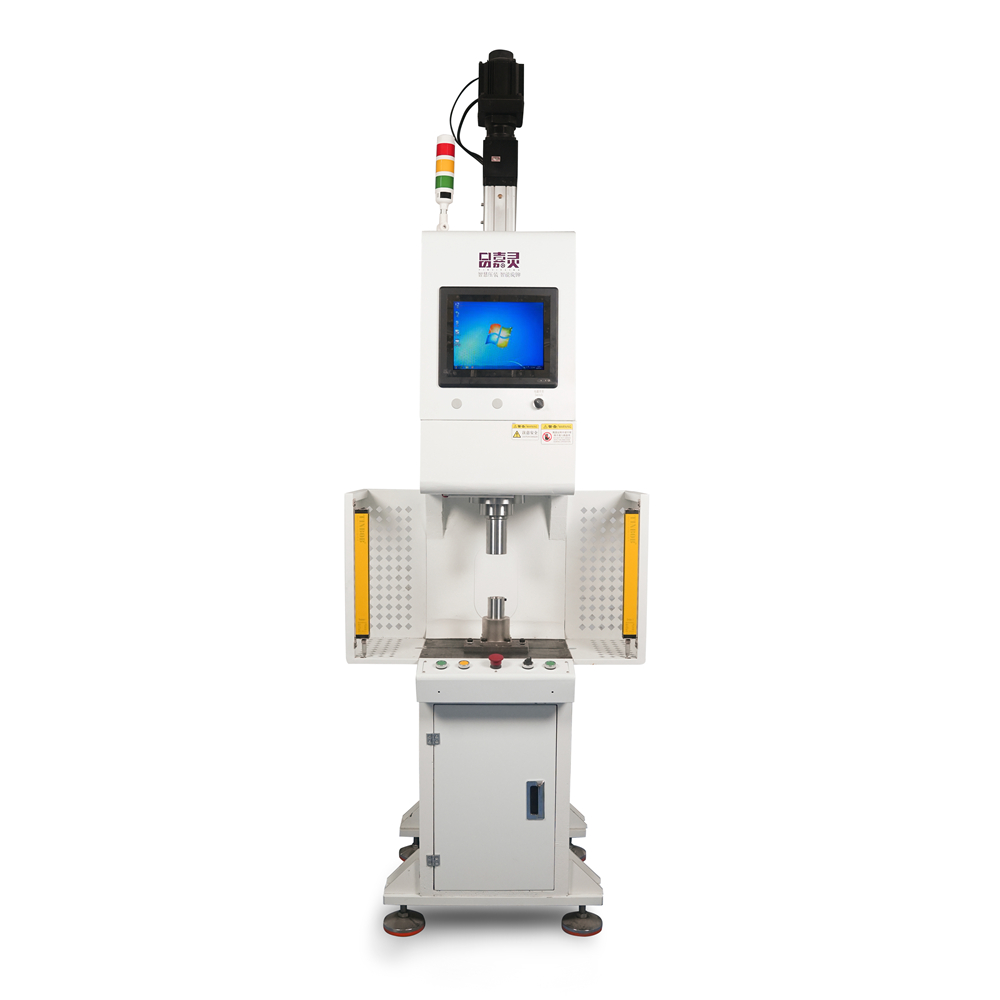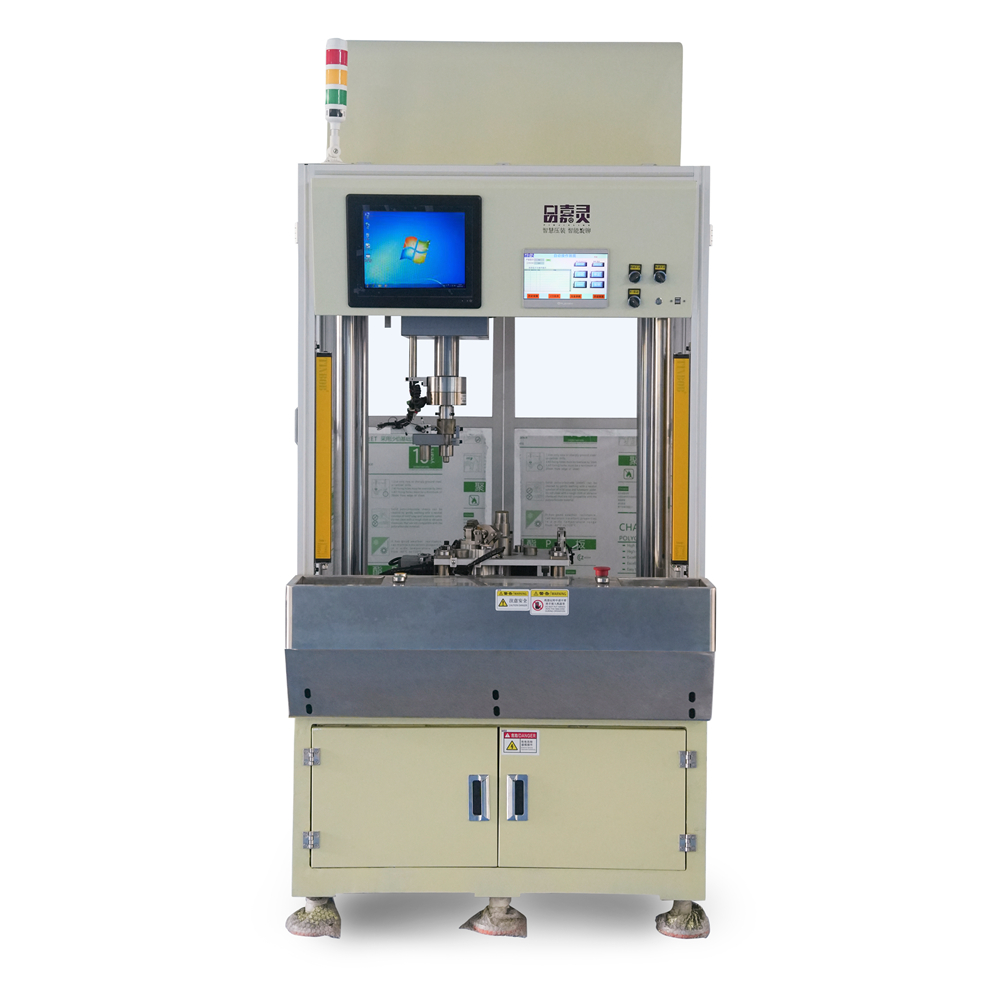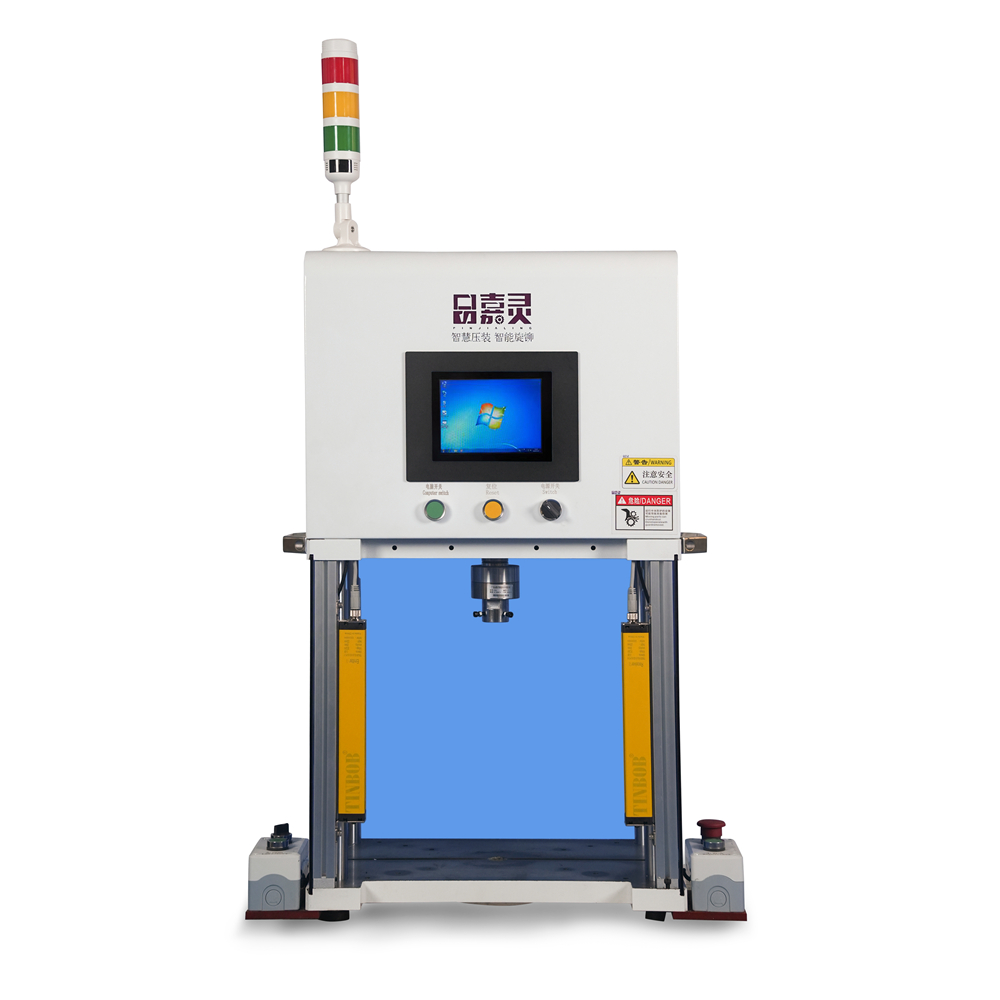Customized Servo Press Machine Design Process from Concept to Production
The design process of a customized servo press machine involves multiple stages, from initial concept through to production. This journey requires careful planning, in-depth analysis, and iterative design techniques to ensure that the final product meets the specific needs of the intended application.

Conceptualization
The first step in designing a customized servo press machine is conceptualization. This phase involves gathering requirements by communicating with stakeholders to understand their needs and expectations. It is crucial to identify the specific functions the machine should perform, such as squeezing, forming, or assembling various materials. Additionally, understanding operating conditions, such as speed, force requirements, and precision, becomes paramount in setting up the foundation for the machine’s design.
Design Specification
Once the primary objectives have been defined, designers move on to create a detailed specification. This document outlines the technical features and parameters of the servo press machine. Important considerations in the specification phase include safety standards, material selection, and ergonomic factors. By documenting these details, the team establishes a clear direction for both the design and potential hurdles that may arise in subsequent stages.
Preliminary Design
The preliminary design phase translates specifications into initial sketches and digital models. Designers often utilize computer-aided design (CAD) software to create 3D models of the servo press machine. During this stage, concepts such as frame structure, servo motor placement, and control systems are visualized. Engineers may also run simulations to evaluate the design’s performance, identify potential issues, and validate the design against the initial requirements.
Prototyping
After the preliminary design is completed and refined, the next step is prototyping. Developing a prototype allows for practical evaluation of the machine’s functionality. This stage involves the construction of a working model, which provides opportunities to assess factors such as alignment, movement accuracy, and user interface interactions. Feedback from operators and stakeholders during the prototyping phase is invaluable, as it can lead to necessary adjustments before final production.
Testing and Validation
Once a prototype is operational, comprehensive testing and validation are essential. This step includes conducting various tests to ensure the machine operates according to the established specifications. Performance evaluations may include load tests, durability tests, and safety assessments. Gathering data from these tests helps identify areas for improvement and confirms that the design meets reliability and efficiency standards.
Final Design and Production Planning
The insights gained from the testing phase inform the final design alterations. After incorporating necessary adjustments and enhancements, the design is finalized. In conjunction with the design finalization, production planning begins. This phase involves sourcing materials, selecting manufacturing processes, and establishing timelines for production. Close collaboration with suppliers and manufacturers ensures that materials meet desired quality levels while optimizing costs.
Production and Deployment
The final step is production. Following careful monitoring and quality control measures, the servo press machines are manufactured, assembled, and prepared for deployment. After production, a series of tests may be performed on the final units to ensure they are functioning correctly before they reach the users. This thorough approach to production facilitates the delivery of a machine that satisfies the original design specifications and operational requirements.
In conclusion, the design process of a customized servo press machine encompasses a series of structured steps, from conceptualization through to production. Each phase plays a critical role in ensuring that the final machine is not only functional but also tailored to meet the specific needs of its users, ultimately leading to efficient and reliable operation in various applications.
- Customized Servo Press Machine Design Process from Concept to Production
- The design process of a customized servo press machine involves multiple stages, from initial concept through to...
- Gantry Servo Press Machine in Automotive Industry Stamping Applications
- The automotive industry heavily relies on efficient and precise manufacturing processes to meet the demands...
- Servo Press Machine Market Trends and Future Innovations
- The servo press machine market has been experiencing notable trends and innovations that are shaping its future....
- Precision Servo Press Machine in Optical Component Manufacturing
- The Precision Servo Press Machine plays a crucial role in the manufacturing of optical components,...
- Vertical Servo Press Machine Design Considerations for Optimal Performance
- Vertical servo press machines have become essential in various manufacturing processes due to their precision, efficiency,...
- Gantry Servo Press Machine Structural Rigidity and Its Effect on Pressing
- The structural rigidity of a Gantry Servo Press Machine is a fundamental aspect that significantly...






